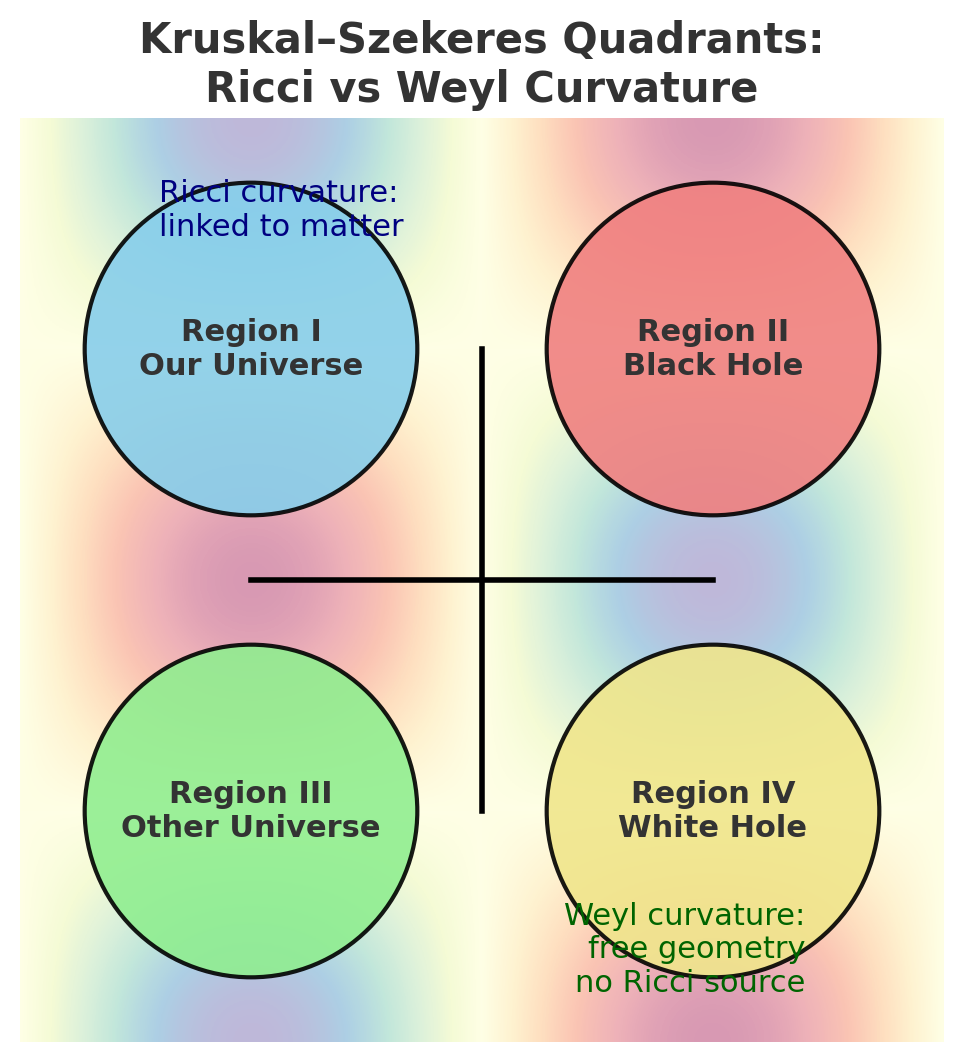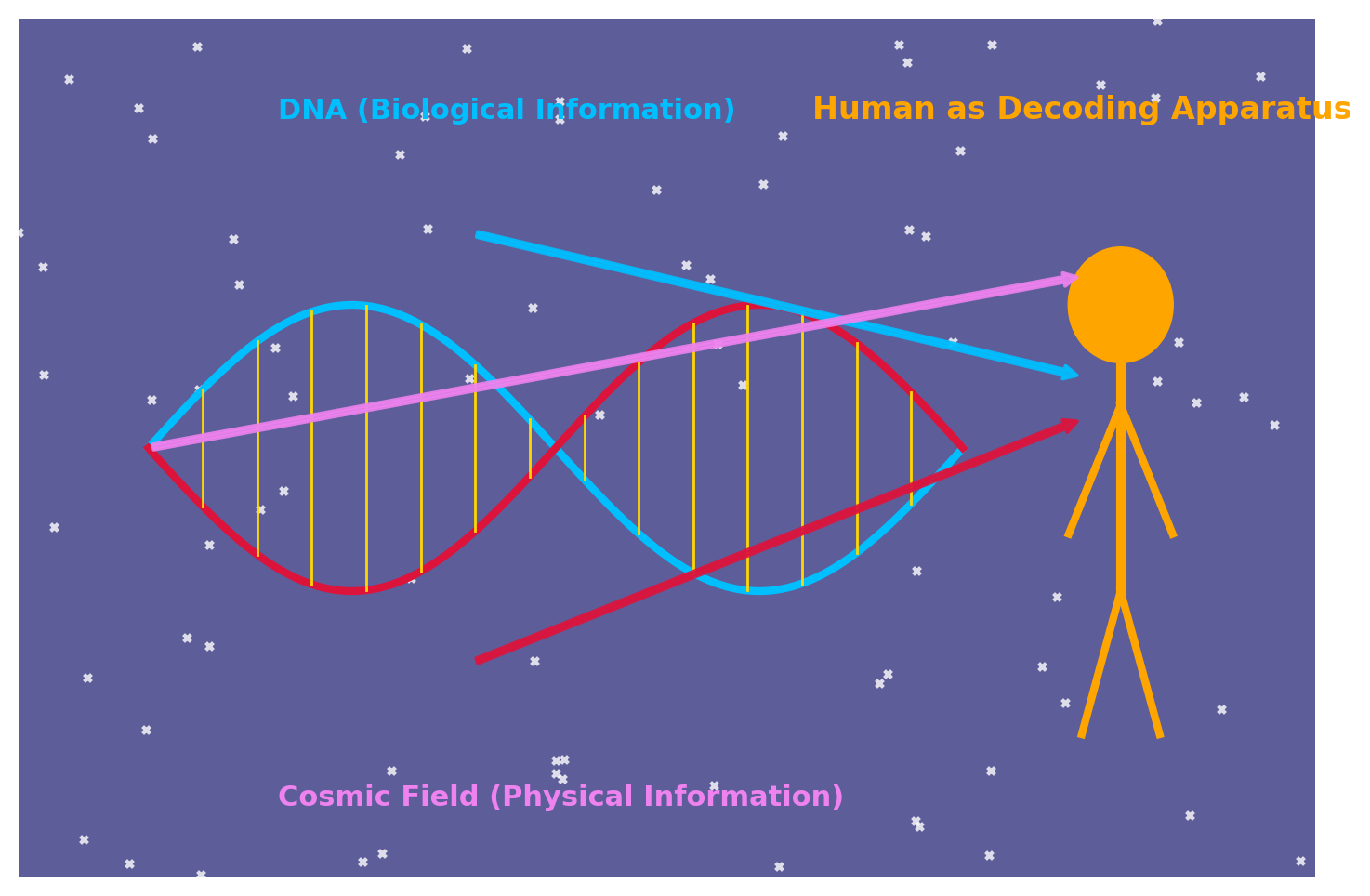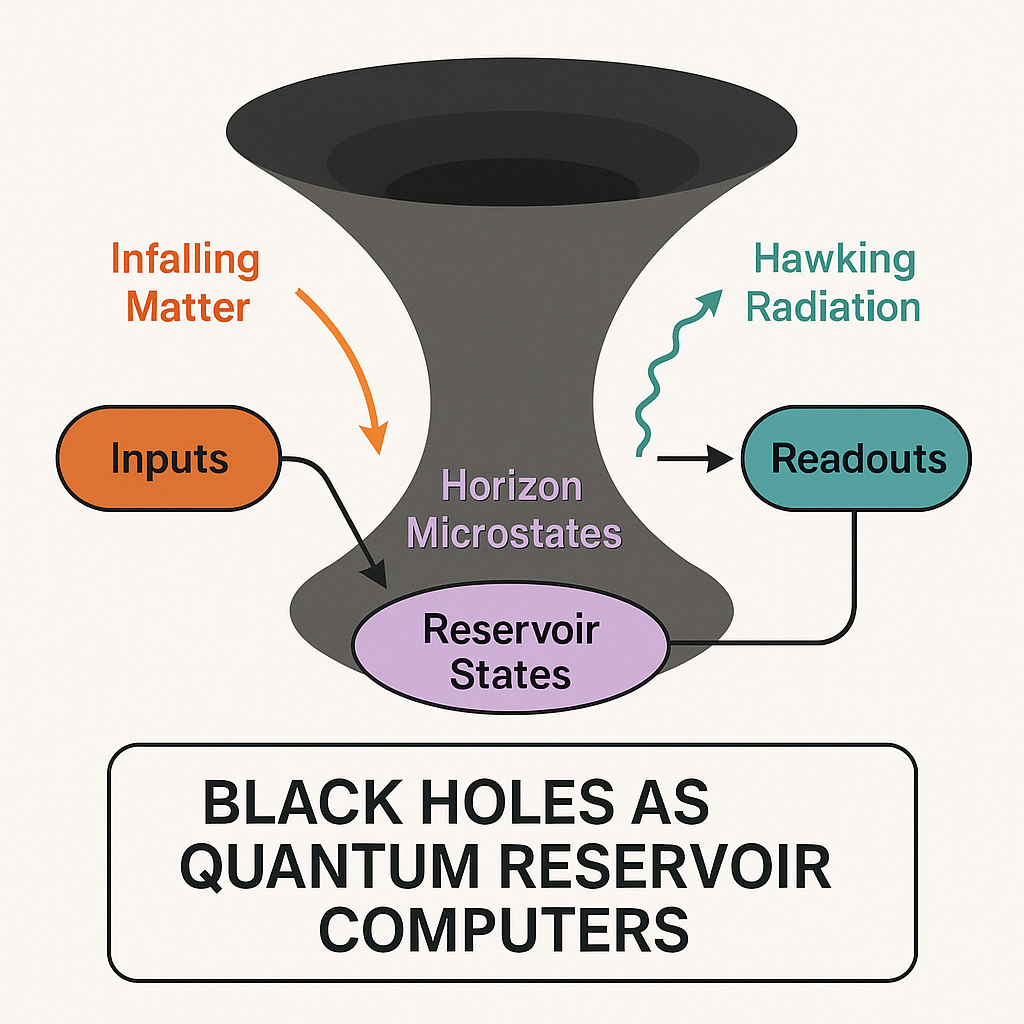Physics
Arturo Tozzi
Former Center for Nonlinear Science, Department of Physics, University of North Texas, Denton, Texas, USA
Former Computationally Intelligent Systems and Signals, University of Manitoba, Winnipeg, Canada
ASL Napoli 1 Centro, Distretto 27, Naples, Italy
For years, I have published across diverse academic journals and disciplines, including mathematics, physics, biology, neuroscience, medicine, philosophy, literature. Now, having no further need to expand my scientific output or advance my academic standing, I have chosen to shift my approach. Instead of writing full-length articles for peer review, I now focus on recording and sharing original ideas, i.e., conceptual insights and hypotheses that I hope might inspire experimental work by researchers more capable than myself. I refer to these short pieces as nugae, a Latin word meaning “trifles”, “nuts” or “playful thoughts”. I invite you to use these ideas as you wish, in any way you find helpful. I ask only that you kindly cite my writings, which are accompanied by a DOI for proper referencing.

NUGAE - WEYL DOMAINS IN KRUSKAL–SZEKERES SPACETIME: CURVATURE’S AUTONOMY FROM ENERGY?
The maximally extended Schwarzschild solution, displayed through Kruskal–Szekeres coordinates, reveals four domains. Regions I and II describe the familiar exterior universe and the black hole interior, interpretable as the outcome of collapse sourced by matter, where Ricci curvature is heuristically tied to stress–energy. Regions III and IV, in contrast, open on a second asymptotically flat exterior and on the time-reversed white hole, both existing in vacuum. Since the Schwarzschild solution is Ricci-flat everywhere except at the singularity, these quadrants are implicitly reputed as sustained entirely by Weyl curvature, the “free” tidal component of the gravitational field.
This distinction invites a conceptual shift. Whereas Regions I and II can be linked to energy–momentum content through collapse scenarios, Regions III and IV exemplify geometry unfolding without any Ricci source. They could not be generated by matter distributions, but by analytic continuation of the Einstein equations, displaying curvature as an autonomous dynamical entity. In this sense, Regions III and IV could be regarded as natural laboratories for visualizing the independence of spacetime geometry from energy, with the Weyl tensor encoding causal structures not reducible to stress–energy.
The advantage of this framing is twofold. First, it highlights that spacetime curvature could retain ontological status beyond matter, since Regions III and IV exist in exact vacuum. Second, it provides a bridge to cosmology: primordial black holes could, in principle, be considered relics of such Weyl-dominated domains, where curvature alone, without energy overdensity, drives collapse. If regions analogous to IV were physically realized in the early Universe, their geometric outflows might have seeded curvature lumps that later re-collapsed, leaving PBHs as observable relics of Weyl curvature dynamics.
Testing this idea requires probing whether PBH mass spectra or gravitational-wave backgrounds carry signatures distinct from those predicted by Ricci-driven overdensity collapse. Anisotropic clustering or deviations from inflationary power-spectrum–based expectations could point to such a mechanism.
Overall, Regions III and IV, usually dismissed as nonphysical extensions, may instead be understood as illustrations of curvature’s autonomy from energy. Their interpretation as manifestations of pure Weyl dynamics broadens the framework of general relativity, highlighting geometry as an independent actor rather than a passive reaction to matter.
QUOTE AS: Tozzi A. 2025. Nugae -weyl domains in kruskal-szekeres spacetime: curvature's autonomy from energy? DOI: 10.13140/RG.2.2.33158.84806


COSMIC AND BIOLOGICAL INFORMATION: THE OBSERVERS AS DECODING DEVICES
Physical and biological paradigms increasingly emphasize information as an explanatory principle. In biology, DNA is treated as the repository of genetic information; in physics, approaches from quantum theory to cosmology often regard information as more primary than matter and energy. Despite their successes, these paradigms often remain limited by a mechanistic view that frames information as a passive entity fully determined by causal chains. Information is either encoded in molecules or in physical states, but its active role in shaping the conditions of existence and knowledge remains underexplored.
We reframe the problem by drawing an analogy between Heidegger’s notion of Being and the scientific understanding of information. For Heidegger, Being is not produced by man but is what comes to him as word, as disclosure, enabling him to speak and to dwell in the world. Accordingly,
- In biology, DNA plays a similar role: it is not generated by the cell but heads and structures its possibilities, requiring cellular mechanisms (intracellular milieu, epigenetic mechanisms, etc.) to decode and actualize it.
- In physics, informational fields or quantum states likewise exist as latent codes that need an observer to translate them into phenomena. In this view, the human being is not merely a processor but a decoding device, the interface through which cosmic information becomes accessible and meaningful.
Experimental validation could proceed along two routes. In biology, one could investigate how non-coding genomic regions acquire functional roles only within specific cellular and epigenetic contexts, treating the genome as latent Being awaiting interpretation. In physics, studies in quantum measurement and information theory could test whether observer-dependent phenomena follow predictable informational patterns consistent with a decoding model.
The broader question “what for?” opens fertile ground. In biology, our account may lead to innovative strategies for interpreting genomic dark matter, viewing it not as useless residue but as latent information awaiting the right interpretive context. It could also reframe organism-environment relationships, suggesting that organisms act not merely as passive responders to external stimuli but as active decoders transforming environmental signals into meaningful biological responses. In physics, our analogy provides conceptual bridges that could reshape the role of symmetry-breaking in cosmology and the nature of physical law as informational grammar.
Still, future research might explore artificial systems, ranging from bio-inspired computational models to quantum devices, explicitly designed as decoders of latent information. Our line of inquiry suggests that decoding processes, whether natural or artificial, may not be epiphenomena, but rather mechanisms through which reality itself takes form.
QUOTE AS: Tozzi, A. 2025. Nugae -cosmic and biological information: the observers as decoding devices. DOI: 10.13140/RG.2.2.29361.03688


BLACK HOLES AS QUANTUM RESERVOIR COMPUTERS: A NEW COMPUTATIONAL PERSPECTIVE ON GRAVITY
For years, I have published across a wide range of journals and disciplines, including mathematics, physics, biology, neuroscience, medicine and philosophy. Now, having no further need to expand my scientific output or advance my academic standing, I have chosen to shift my approach. Instead of writing full-length articles for peer review, I now focus on recording and sharing original ideas, i.e., conceptual insights and hypotheses that I hope might inspire experimental work by researchers more capable than myself. I refer to these short pieces as nugae, a Latin word meaning “trifles”, “nuts” or “playful thoughts”. I invite you to use these ideas as you wish, in any way you find helpful. I ask only that you kindly cite my writings, which are accompanied by a DOI for proper referencing.
Black holes are no longer seen merely as regions of spacetime from which nothing escapes. Over the past decades, developments in quantum gravity and information theory have shown that black holes possess entropy, emit radiation and scramble quantum information at extreme speeds. These insights have transformed black holes into physical systems that actively process information. Yet, existing approaches primarily focus on paradox resolution such as the information loss problem and lack a systematic framework to interpret black holes as computational devices.
To address this gap, we propose a novel method: modeling black holes as quantum reservoir computers (QRCs). Reservoir computing is a machine learning framework where an input signal is fed into a complex, untrained dynamical system, i.e., the reservoir, which nonlinearly transforms it into a high-dimensional state. A simple, typically linear, readout layer then extracts meaningful outputs. In quantum reservoir computing, this dynamical system is a quantum one, often chaotic, allowing rich temporal encoding and transformation of information with minimal training effort. We suggest to map this structure onto black holes. Infalling matter or radiation corresponds to the input signal. The black hole’s near-horizon quantum microstates—governed by strongly entangling, chaotic dynamics—form the reservoir. The emitted Hawking radiation or holographic observables serve as the readout layer. This analogy is supported by known black hole properties: their scrambling behavior aligns with the QRC's fading memory (echo state property) and their entropy limits their information capacity, just as a reservoir’s dimensionality bounds its memory and learning power.
Our proposal reframes black holes as natural, untrained quantum systems capable of complex temporal processing. Compared with existing techniques studying black holes purely through thermodynamics or holography, this method provides a computational lens through which to quantify and test memory, scrambling and information flow. It bridges gravitational physics with machine learning and opens a pathway to simulate black hole-like behavior in laboratory quantum systems.
Our perspective enables the formulation of testable hypotheses in analog gravity and quantum simulation platforms. Future research can investigate how different black hole types encode memory, how input signals might be recovered from radiation and whether quantum circuits can mimic black hole reservoirs. Ultimately, this method introduces a new approach for understanding spacetime not just as geometry, but as an active substrate for quantum computation and learning.
Tozzi A. 2025. Black Holes as Quantum Reservoir Computers: A New Computational Perspective on Gravity. July 2025. https://doi.org/10.13140/RG.2.2.35145.25443.


